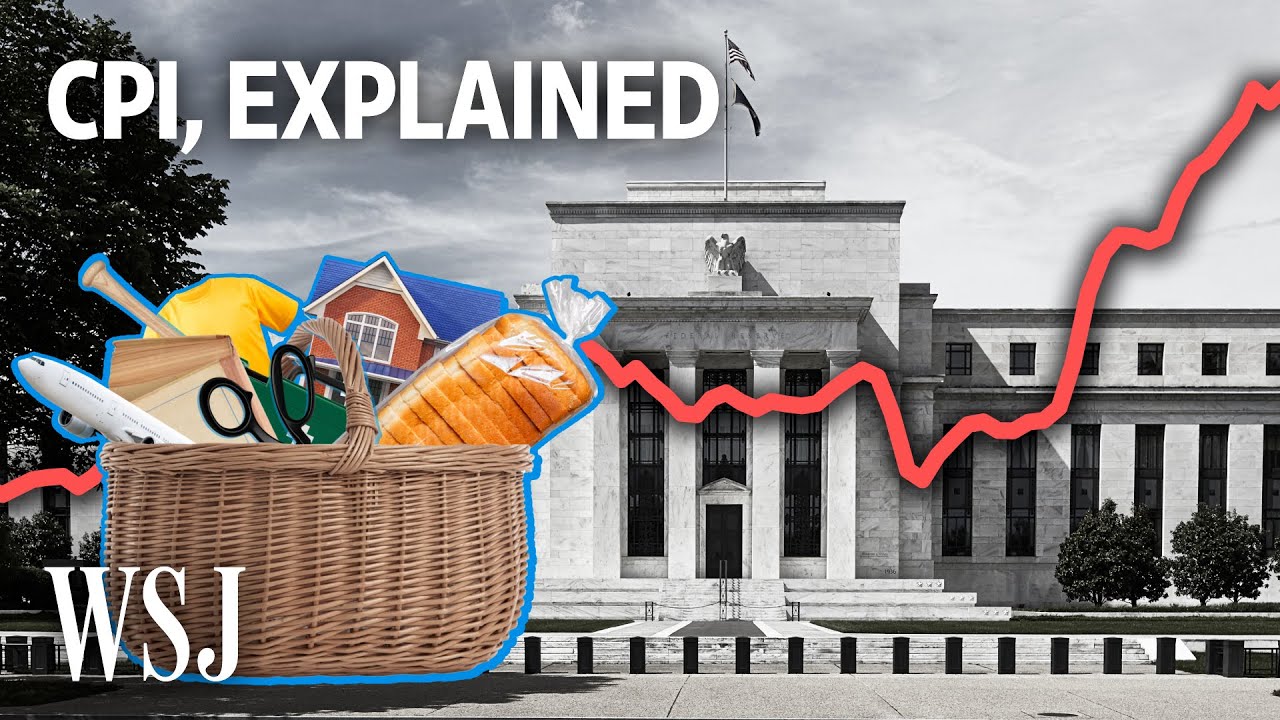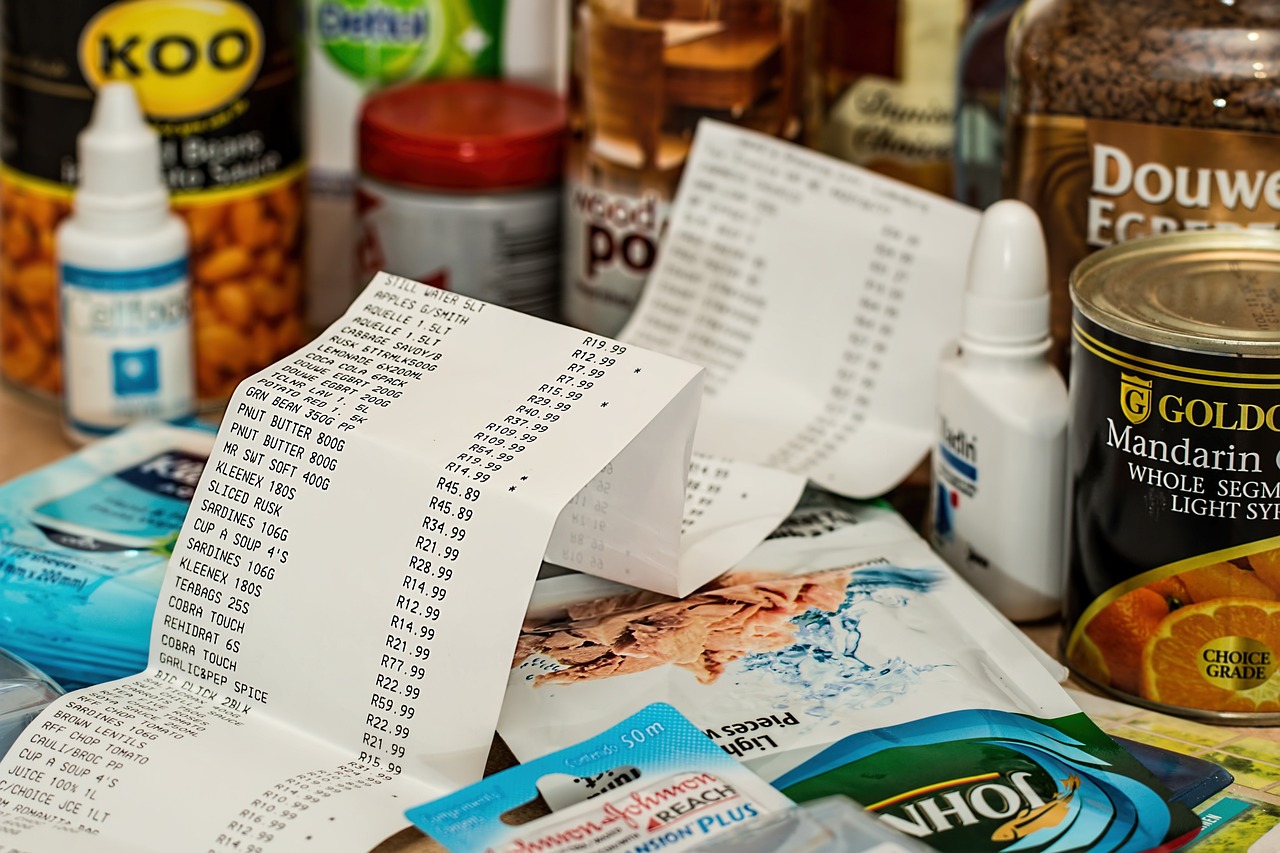Consumer Price Index - Changes And People’s Spending Patterns
Increase in the prices of commodities limits people’s spending habits. As the purchasing power of consumers diminishes, the economy suffers. The consumer price index (CPI) is a good indicator of a country’s economic state. Do people spend more/less on certain goods and services than they did a month ago? The CPI can provide explanations.
Author:Emmanuella SheaReviewer:Camilo WoodNov 07, 202240.1K Shares978.5K Views

Economists, analysts and experts, and the business community assess the economy in several ways, one of which is through the consumer price index.
Changes in the prices of commodities affect how consumers spend their hard-earned money.
Those common commodities that impact the buying decision process when their prices increase or become volatile include food (e.g., rice, sugar, milk), gasoline, and personal items (e.g., clothing).
Governments as well as investors and business owners monitor consumer price index to determine the flow of commerce and the economic decisions to be made.

How the Consumer-Price Index Measures Inflation | WSJ
Consumer Price Index Meaning
The consumer price index (CPI) is an index or an indicator used to measure the average level of prices of goods and services in an economy.
According to the Corporate Finance Institute (CFI) in Canada, the CPI is made up of a bunch of goods and services that consumers usually buy or avail of.
This “bundle of goods and service” - the phrase used by CFI - is also the same as what is referred to as the “basket” or “market basket” of goods and services.
Per the U.S. Bureau of Labor Statistics (BLS), the consumer price index consists of the following eight major groups or “consumer expenditures” (in no particular order):
- Food and Beverages
- Housing
- Apparel
- Medical Care
- Transportation
- Education and Communications
- Recreation
- Other Goods and Services (e.g., tobacco and smoking products such as electronic cigarettes)
As mentioned earlier, as the price levels of the basket of goods and serviceschange, the spending patterns of consumers also change.
“„The Consumer Price Index expresses the change in the current prices of the market basket of goods in a period compared to a base period.- Corporate Finance Institute (CFI)
In the U.S., the BLS conducts a survey on the spending patterns and the goods and services involved. Based on the results of the survey, the CPI will be calculated.
The formula to compute the consumer price index is this:
CPI is equals to the Cost of the Market Basket in Given Year divided by the Cost of the Market Basket in Base Year. The quotient will then be multiplied to 100 percent.
Calculating the CPI is made either every month or every quarter of the year.
Types Of Consumer Price Index
The consumer price index may vary in each country.
In the U.S., for example, the Bureau of Labor Statistics (BLS) issues two CPIs monthly for two population groups, namely the:
a. Consumer Price Index for All Urban Consumers (CPI-U)
The CPI-U represents an estimated 93 percent of the total population in the U.S. However, it doesn’t include expenditures by those residing in the following places:
- military bases
- institutions
- farm households
b. Consumer Price Index for Urban Wage Earners and Clerical Workers (CPI-W)
The CPI-W represents 29 percent of the country’s population.
In India, the consumer price index are for:
- Industrial Workers (IW)
- Agricultural Laborers (AL)
- Rural Laborers (RL)
- CPI (Rural/Urban/Combined)
Consumer Price Index USA 2022
In the U.S., consumers experienced an increase in the price levels of the major groups of the consumer price index during the last quarter of 2022.
From a 0.1 percent increase in the CPI in August, it rose to 0.4 percent in September, reported NBC News.
In America, CPI is understood as:
“„The Consumer Price Index (CPI) measures the monthly change in prices paid by U.S. consumers.- Jason Fernando, professional investor and writer, for Investopedia
The table below shows the Consumer Price Index for All Urban Consumers (CPI-U) in the U.S. (September 2022), with data from the BLS(note: figures were rounded off):
| Expenditure Category | Relative Importance |
| Food | 13.6% |
| Energy | 8.2% |
| Commodities | 21.3% |
| Shelter (Housing) | 32.5% |
| Medical care services (Healthcare) | 6.9% |
| Transportation services | 5.9% |
| Education | 5.3% |
| Other Expenses | 6.3% |
| Total Expenses | 100% |
People Ask
What Is CPI And Why Is It Important?
The consumer price index is one way to know the economic standing of a country. It is important because it is used to measure inflationand deflation and to deal with cost-of-living adjustments.
Is CPI The Same As Inflation?
CPI and inflation are two different things, but they are interrelated as the former is used to measure the latter.
What Happens When CPI Increases?
When the consumer price index goes upward, the average change in prices increases overtime, according to Investopedia. Cost-of-living adjustments will then follow.
Final Thoughts
The consumer price index is basically about consumer spending.
Apparently, people’s expenditures get impacted by the changes in prices. These changes in price levels then affect the country’s cost of living. Changes in the cost of living are connected to the changes in the CPI.
Though the consumer price index receives its share of criticisms, according to Investopedia, it remains to be a reliable economic barometer.

Emmanuella Shea
Author
Emmanuella Shea is a distinguished finance and economics expert with over a decade of experience. She holds a Master's degree in Finance and Economics from Harvard University, specializing in financial analysis, investment management, and economic forecasting.
Her authoritative insights and trustworthy advice have made her a highly sought-after advisor in the business world.
Outside of her professional life, she enjoys exploring diverse cuisines, reading non-fiction literature, and embarking on invigorating hikes.
Her passion for insightful analysis and reliable guidance is matched by her dedication to continuous learning and personal growth.

Camilo Wood
Reviewer
Camilo Wood has over two decades of experience as a writer and journalist, specializing in finance and economics. With a degree in Economics and a background in financial research and analysis, Camilo brings a wealth of knowledge and expertise to his writing.
Throughout his career, Camilo has contributed to numerous publications, covering a wide range of topics such as global economic trends, investment strategies, and market analysis. His articles are recognized for their insightful analysis and clear explanations, making complex financial concepts accessible to readers.
Camilo's experience includes working in roles related to financial reporting, analysis, and commentary, allowing him to provide readers with accurate and trustworthy information. His dedication to journalistic integrity and commitment to delivering high-quality content make him a trusted voice in the fields of finance and journalism.
Latest Articles
Popular Articles


